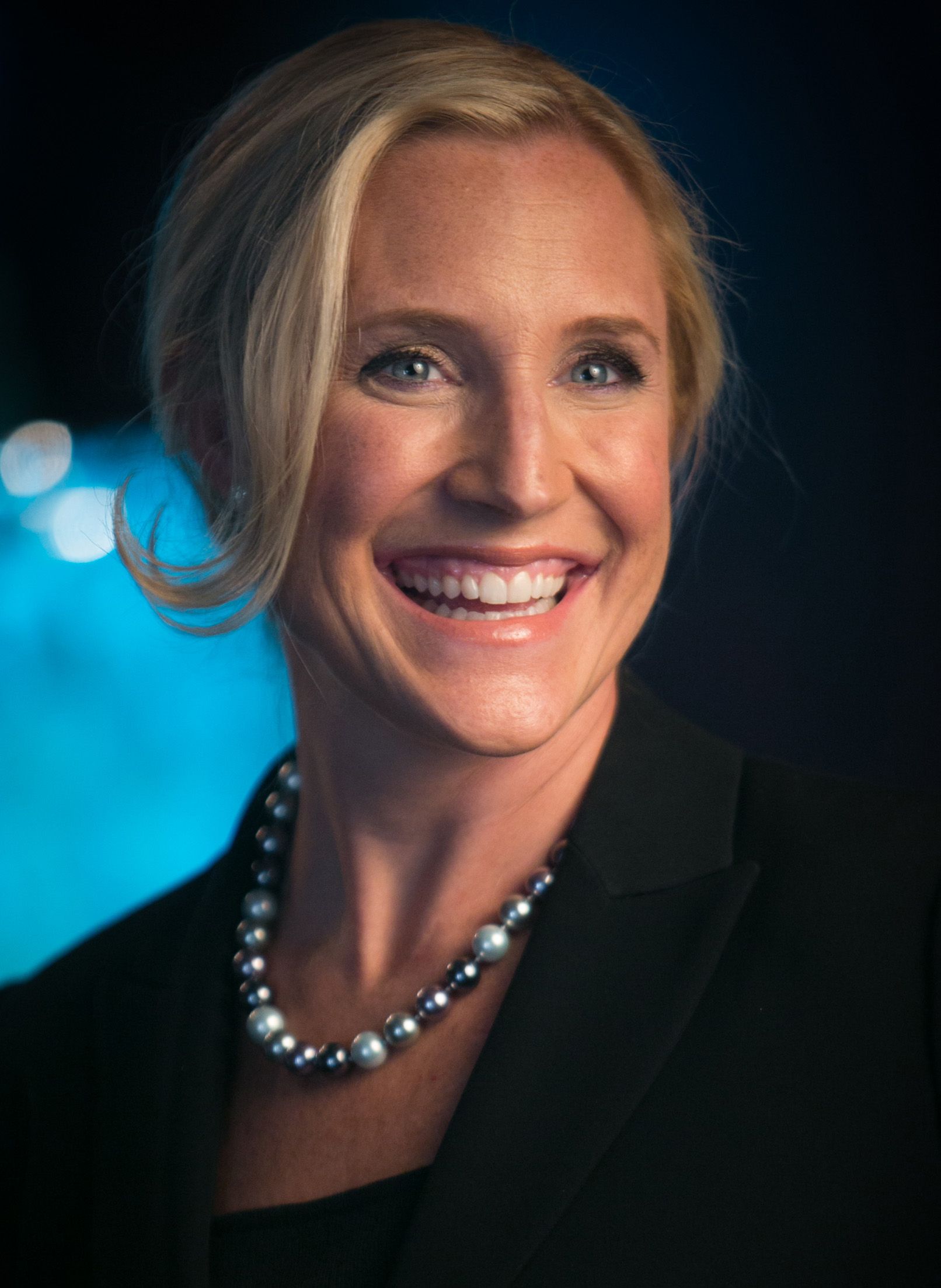Recovery
Top five tips for getting through a sports injury
AN ORTHO-PINION
Most athletes will suffer an injury at some point in their sports career, but almost all obstacles can be overcome.
We have all known someone going through a tough injury and trying to get back to their sport. It could have been you, your favorite professional athlete, your daughter or son or your teammate. It is not easy. As an orthopaedic surgeon in sports medicine, it is my utmost goal to get my patients back out there as athletes as soon and as safely possible. What I have noticed is giving little goals, allowing lower impact activities and then progressing from there releases some of those exercise “feel good” endorphins. I try to limit uses of “total athletic restriction” because it is a depressing phrase.
Here are five tips for getting through a sports injury:
- Come up with alternative exercises to create positive reinforcement. One example I will give is rehabbing after an ACL injury. It seems daunting to think of six months to return to 100 percent play/games. There are many ways to exercise safely starting around two weeks out from surgery. The exercise bike is a controlled way to get motion in the knee and to start working on some mild cardio. Aqua jogging is another method to really boost cardio tolerance while gaining range of motion in the knee and increase quad, hamstring, core and gluteal strength. It is perfect as there is no impact and so the stress that goes through the knee is minimal. An aqua jogging vest is needed — feet should not touch the bottom while “jogging.” It is important to keep the upper torso straight and exaggerate high kicking/strides. You can even interval train!
- Work with a trainer, physical therapist or strength and conditioning coach to set on-going small accomplishable goals. Having a “rehabilitation coach” helps you train again. Find someone who works frequently with athletes and understands the desire to stay involved in athletics. They can develop individual programs that are both safe and instrumental in the recovery. Setting these small goals can increase confidence and ensure motivation to persevere!
- Stay involved with your team. As much as you may want to run away and hide in a hole during your recovery, your teammates can help to get you through the hard times. Sit with them in the stretching circle, do your rehabilitation exercises in the gym with your teammates while they lift. They will give you that extra boost after an intense therapy session.
- Set a long-term goal to achieve in a safe amount of time. Try to work with your surgeon to come up with a tentative game/meet/match/tournament/race that you will return to. If you are restricted from pivoting and cutting movements, then you could sign up for an easy 5K race. It is nice to fulfill that competitive desire.
- Add another way to relieve stress in your life. This may include such things as spending time outside, grabbing lunch with friends, meditating, help coach youth sports and teach some basics to those younger athletes.
Learn more about Knee Rehabiliation Exercises.
Contributed and/or Updated by
AAOS does not endorse any treatments, procedures, products, or physicians referenced herein. This information is provided as an educational service and is not intended to serve as medical advice. Anyone seeking specific orthopaedic advice or assistance should consult his or her orthopaedic surgeon, or locate one in your area through the AAOS Find an Orthopaedist program on this website.








